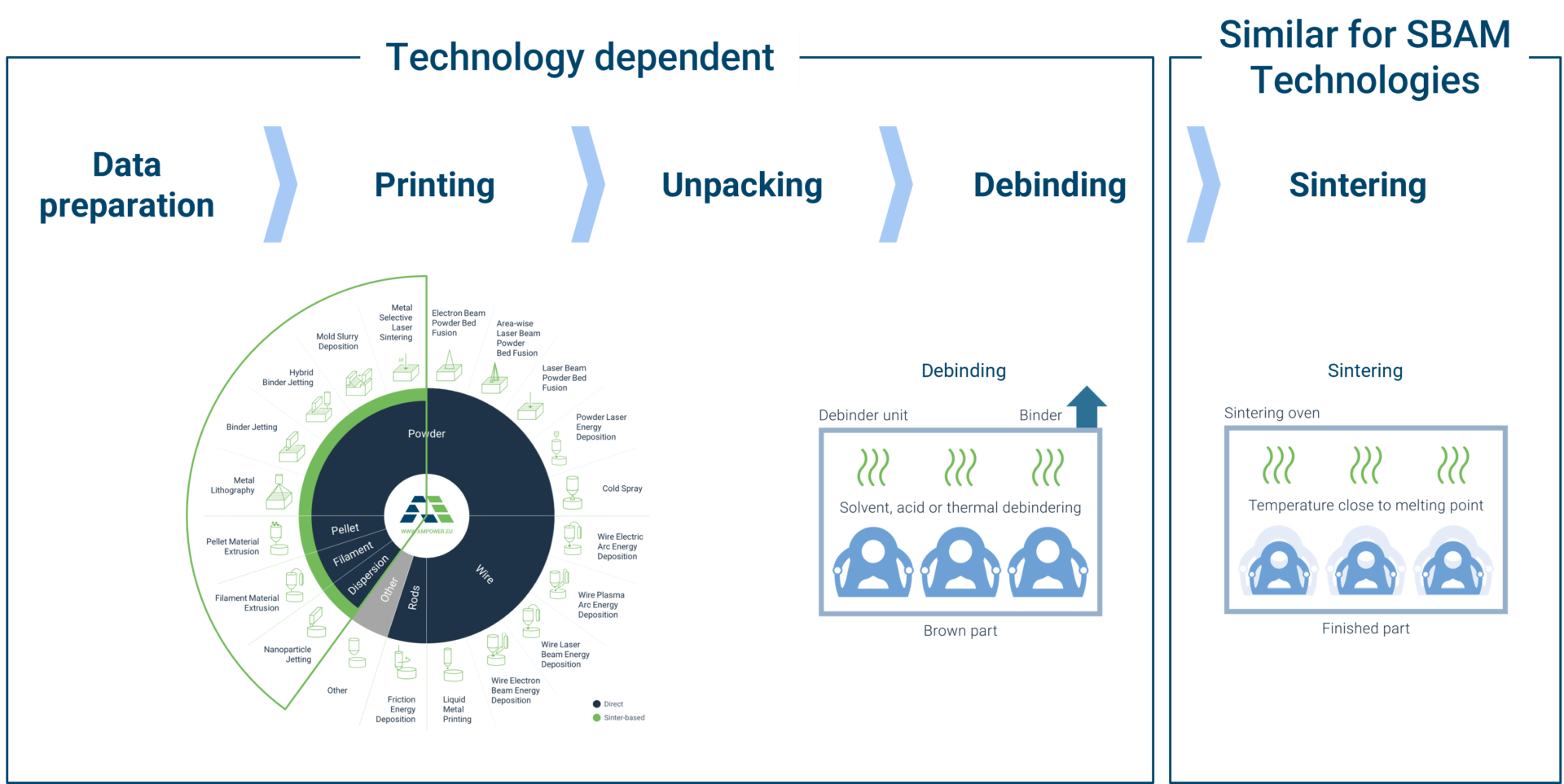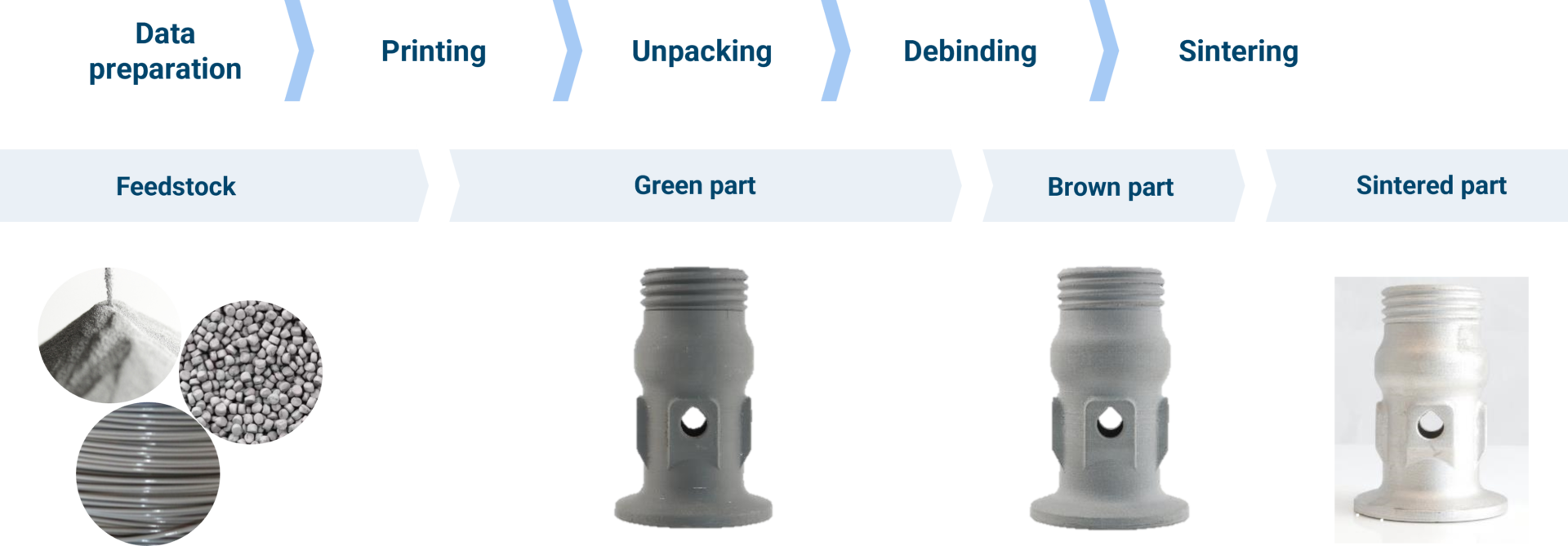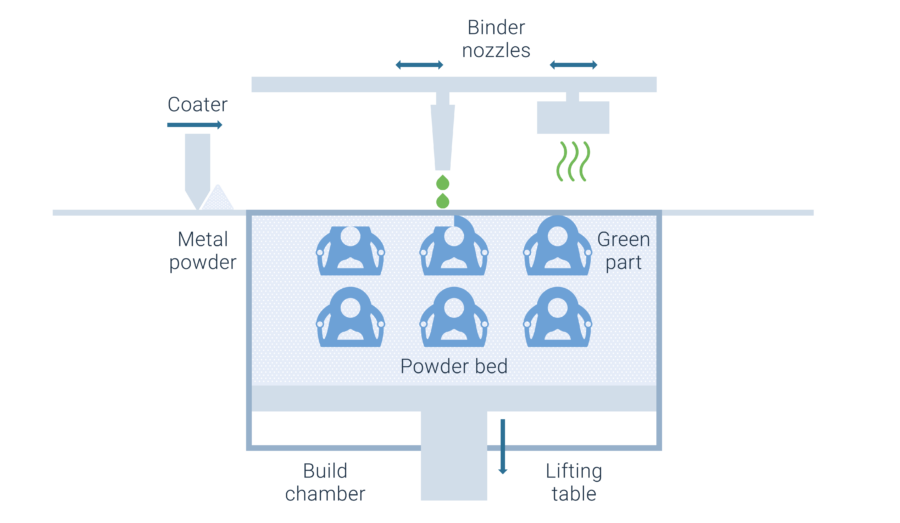Feedback
We would love to hear your feedback
We would love to hear your feedback on your experience with the AMPOWER Academy.
Assessment Summary
0 of 5 Questions completed
Questions:
Information
You have already completed the assessment before. Hence you can not start it again.
Assessment is loading…
You must sign in or sign up to start the assessment.
You must first complete the following:
Results
Results
Time has elapsed
Categories
- Not categorized 0%
- Assessment 0%
-
Thank you very much for submitting your feedback. This will help us to continuously improve the AMPOWER Academy.
If there is anything else you would like to discuss, do not hesitate to reach out to us at [email protected]
- 1
- 2
- 3
- 4
- 5
- Current
- Review
- Answered
- Correct
- Incorrect
-
Question 1 of 5
1. Question
How would you rate your satisfaction with the AMPOWER Academy on a scale of 1 (very bad) to 5 (very good)
-
Very bad Very good
-
-
Question 2 of 5
2. Question
How likely is it that you would recommend the AMPOWER Academy to a friend or colleague?
-
Not at all likely Extremely likely
-
-
Question 3 of 5
3. Question
Which courses did you complete?
-
Question 4 of 5
4. Question
Please tell us what you think could be improved about the AMPOWER Academy.
Feel free to comment on the content, usability of the platform, topics that are missing, outdated content or anything you realized.
-
This response will be awarded full points automatically, but it will be reviewed and possibly adjusted after submission.
-
-
Question 5 of 5
5. Question
Would you like to be contacted to discuss any topics related to the AMPOWER Academy in more detail?



